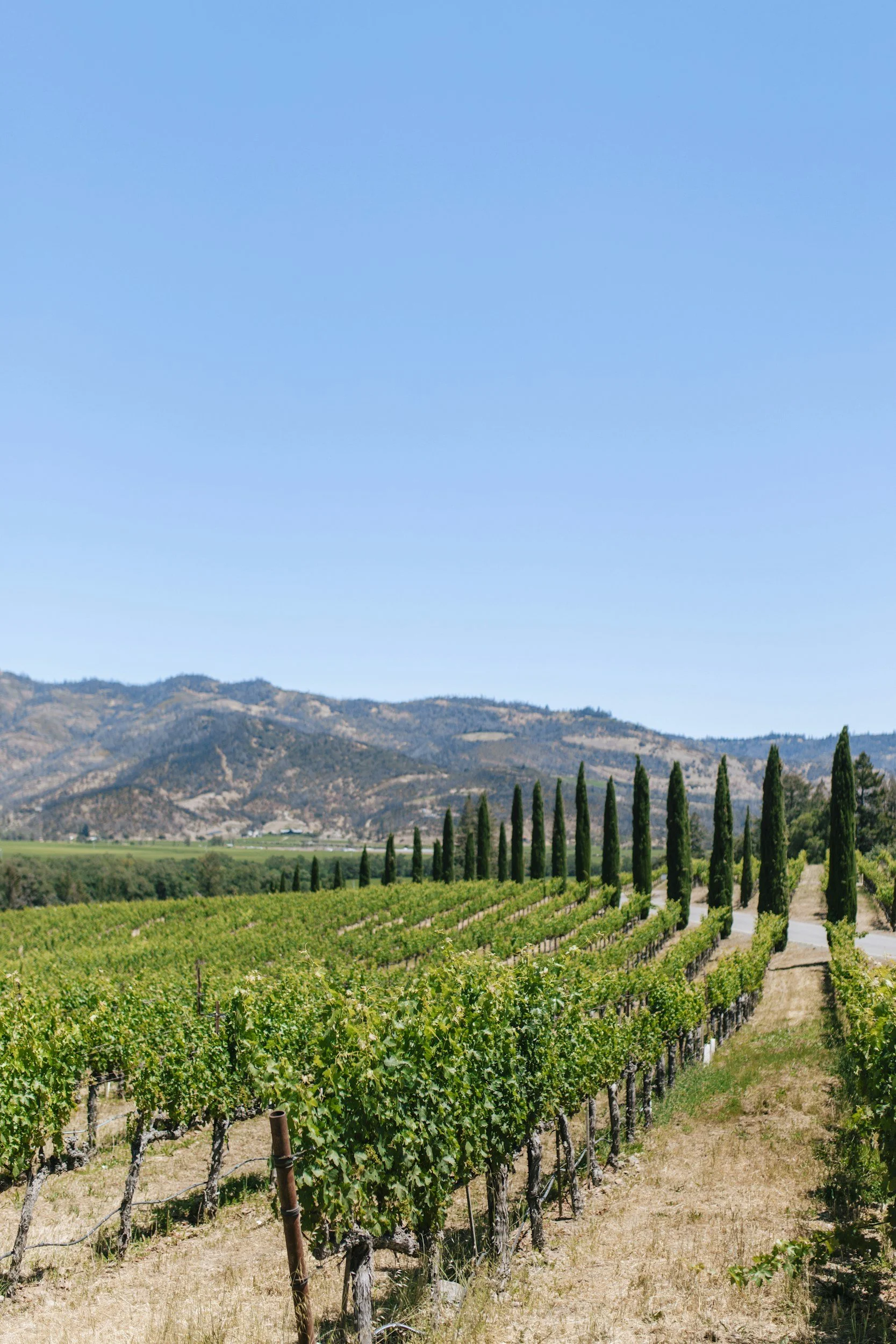California Wine Industry Faces Major Retrenchment Amid Wildfire Pressures
SACRAMENTO, Calif. — November 2025 — The state’s famed wine industry is undergoing a profound transformation. Growers across California are pulling out tens of thousands of acres of vineyards as they face a convergence of economic headwinds and environmental risks — including the growing threat of wildfires.
Vineyard Pullback: 40,000 Acres Planned for Removal
Industry sources estimate that between late 2023 and 2025 some 35,000 to 40,000 acres of vineyards across California have been uprooted or are slated for removal. These reductions stretch from the Central Valley and Lodi through Paso Robles to the North Coast. Growers attribute the cuts to an oversupply of grapes, waning demand—particularly in mid-tier and bulk wine segments—and mounting production costs. One Central Valley grower told media: “We simply have too many grapes and not enough buyers. The only way to stabilize prices is to take acreage out of production.”
For decades, California’s vineyard acreage expanded steadily. According to the California Department of Food and Agriculture (CDFA), planted acreage peaked at about 635,000 winegrape acres in 2019. Since then, shrinking consumer demand and broader shifts in the wine business have turned the expansion into contraction: by 2024, planted acreage reportedly dropped below 590,000 acres, with further declines expected in 2025.
Analysts warn that unless cuts of approximately 40,000 acres continue, the persistent grape oversupply will continue to suppress prices, hurting small and mid-sized growers alike.
Market Shift and Strategic Realignment
Market researchers highlight how demand for premium and luxury wines remains relatively stable, but the traditional bulk-wine and mid-tier segments — which long underpinned much of California’s wine economy — have weakened. Some growers are responding by re-grafting or replanting vineyards with varieties more suited to changing climate and market trends. Others are converting former vineyard land to almonds, olives, or solar farms, reflecting a broader transformation in California agriculture.
Wildfires: An Intensifying Factor in Vineyard Risk
Amid these economic pressures, the intensifying wildfire risk in California is adding another layer of challenge for vineyard owners. According to CAL FIRE data, in 2025 (so far) combined state and federal wild‐land fires have burned about 522,633 acres in California.
In 2024 the total burned area stood at 475,728 acres.
Additionally, climate-change assessments show that the annual average burned area in the 2020-2021 period is roughly five times higher than the levels seen in the 2010s.
For vineyard acreage—often located near wildland-urban interface areas or on slopes with dry vegetation—the increased wildfire footprint raises insurance costs, adds risk of smoke taint (a known quality issue for grapes), and can damage infrastructure or require evacuation‐led harvesting decisions. Many growers say that understanding and managing that risk is now part of their financial calculus when deciding which blocks to keep or remove.
Why Now? A Convergence of Pressures
The timing of the vineyard removals reflects a “perfect storm” for California wine:
Oversupply of grapes after years of vineyard expansion, slowing global wine demand, and downward pressure on grape prices.
Rising costs of production (labor, water, energy), making marginal blocks less viable.
Climate change-driven stress: heat waves, drought, and increased wildfire risk.
Shifting consumer tastes and global competition, pressing growers to focus on quality over quantity.
Looking Ahead
While painful, many industry observers regard the acreage removals as a necessary correction. “This is a market rebalancing,” notes one analyst. “California’s wine sector is strong, but it’s evolving—smaller, more efficient, and more focused on quality and sustainability.”
The next official California Grape Acreage Report, due in mid-2025, is expected to confirm the state’s lowest vineyard total in more than a decade. The hope among many is that fewer acres—combined with better quality and fewer low‐margin grapes—will help stabilise prices and ensure the long-term health of the industry.
For grape growers and wine companies, however, the path forward remains challenging: balancing production scale, quality, climate and wildfire risk, and changing markets all at once.
California Winegrape Acreage (2000–2024)
Estimated totals adjust for under-reporting; reported totals are raw survey totals. Latest official year available is 2024.




